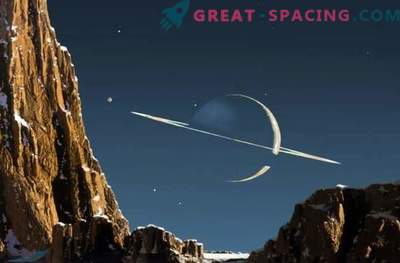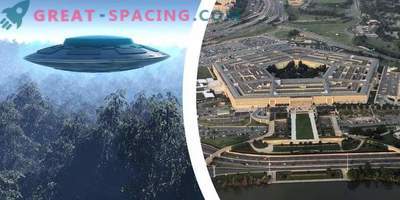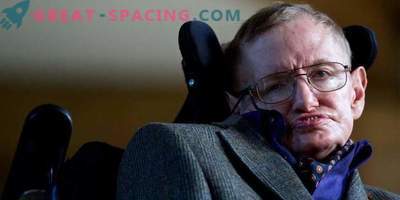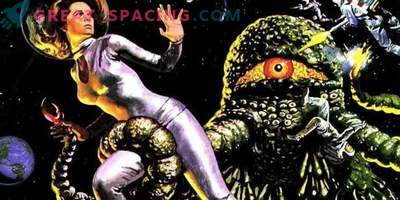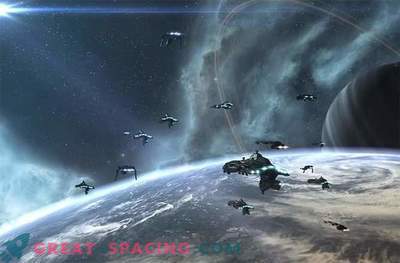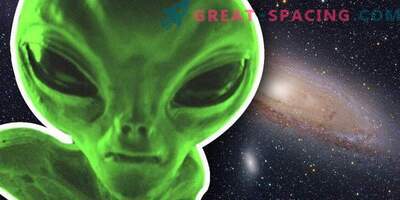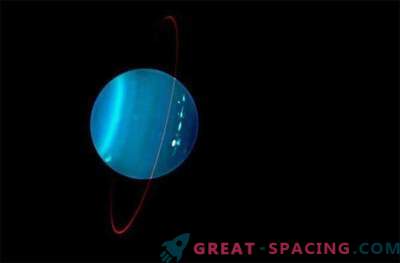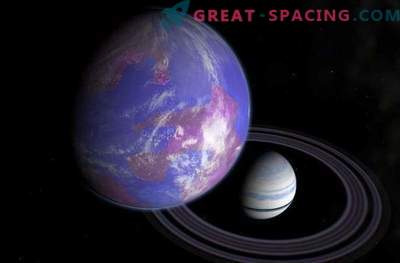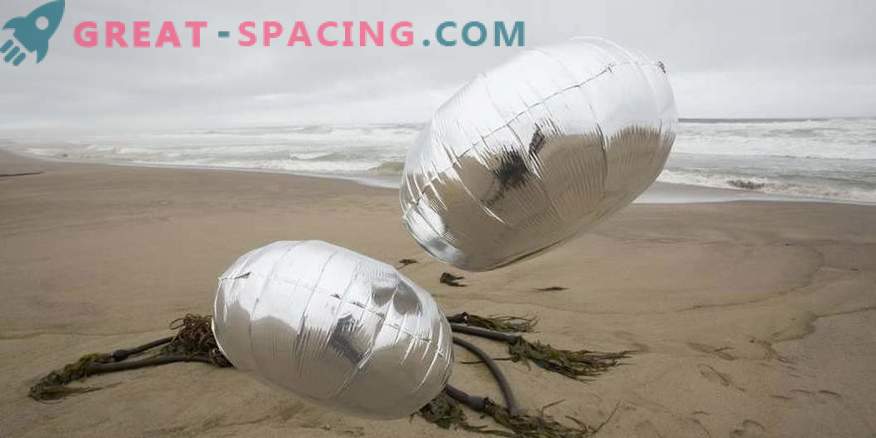
In May 2010, Charles Lindsay met with Jill Tarter, who was the former director of SETI Research and inspired by the movie “Contact.” They quickly became friends, and Tarter invited Lindsay to stroll at the SETI Observatory in North Carolina.
Lindsay told:
“We were under a sea of stars. I turned to Jill and said that they have 70 leading world astronomers, but for some reason there is not a single artist ”.
Of course, this seems a bit strange. After all, what is the relationship between the search for aliens and art. But Tarter and Lindsay decided to unite their talents and created the “Artist in Residence” program on the basis of SETI, where 10 artists participated, collaborating with local scientists for two years.
The main goal is the integration of art and science, as well as the expansion of the SETI mission to study, understand and explain the origin, nature and prevalence of life in outer space.
The first two-year exhibition was staged at the end of October 2016. It presented works created with the collaboration of scientists and artists. Lindsay is convinced that success is based on a deep mutual connection, supported by friendship and the desire to show your world (the world of art or science).
There are no rules in the collaboration of scientists and artists. The idea was not to necessarily reflect the scientific work or to select an artistic basis for expanding the search for aliens.
Lindsay says:
“We do not want people to see something concrete. We want viewers to gain access to scholars and institutions through art that were previously unable to reach ”.
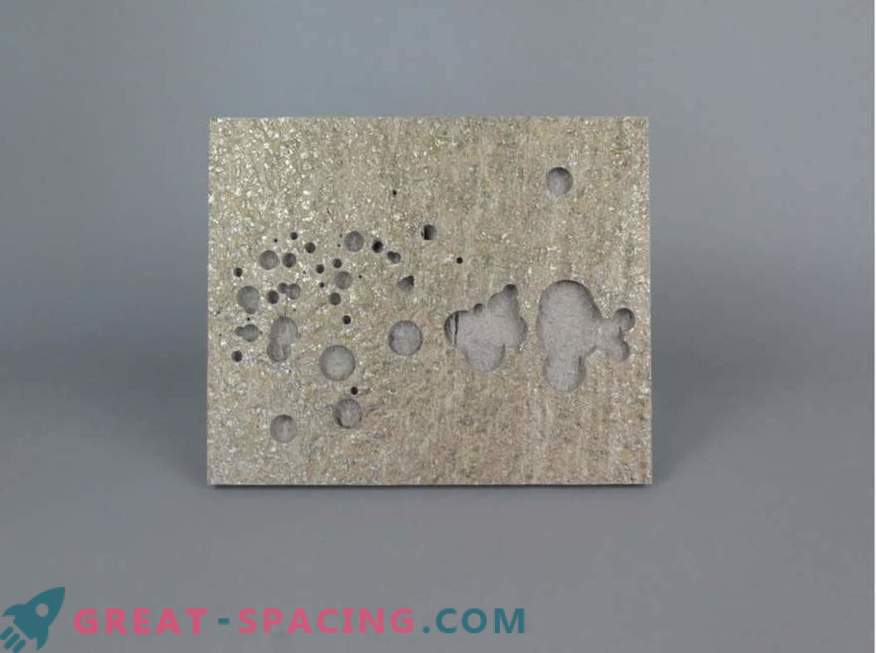
The process of creating one of the engravings “Tiled Fields” (Scott Kildall)
Scott Kildall joined the program in January 2016. He writes software code that converts data sets into sculptures, etchings, installations, and physical visual data. His work, “Scattered Fields”, was created in collaboration with senior researcher Peter Zennickens, who is also considered to be the leading expert in the field of meteor showers and meteorite impacts.
Kildall has long been interested in science fiction and space exploration, so he did not miss the chance to become part of SETI:
“The driving force of my work is uncertainty. Since the institute is working on advanced space research, there is a lot of unknown in this area ”.
The desire to convey the SETI concept through art is reflected in the works of Daniel Bazo (one of the authors of the program “Artist in Residence”), Karl Yerkes and Marco Pelhana. Three artists created the SOMNIUM installation, combining light, sound and robotics to evoke an emotional and cognitive reaction to the Kepler telescope mission. They obtained data from John Jenkins from NASA, and also used ultrasonic examination of the light curves in the installation in real time.
Bazo says:
“We wanted to take a material that is considered an example hard to understand science, and make it understandable and close to people who are not yet inspired by it. In fact, people who are not enthusiastic about exoplanets are considered our target audience. ”
Artist and psychiatrist Martin Wilner, whose work is based on psychoanalysis, has been working on one project since 2002. He communicated with scientists, suggested topics or subjects for discussion, and then, based on the answers in correspondence, created a portrait of this person’s state of mind during the month. Wilner worked with many SETI scientists.
Wilner tells:
“One of the tasks of the institute is to consider the possibility of meeting with extraterrestrial life. Therefore, I asked if we could potentially meet with another creature, then how to make contact. Our communication takes place with the help of language, but it is something more than semantics and syntax. It's about the relationship ”.
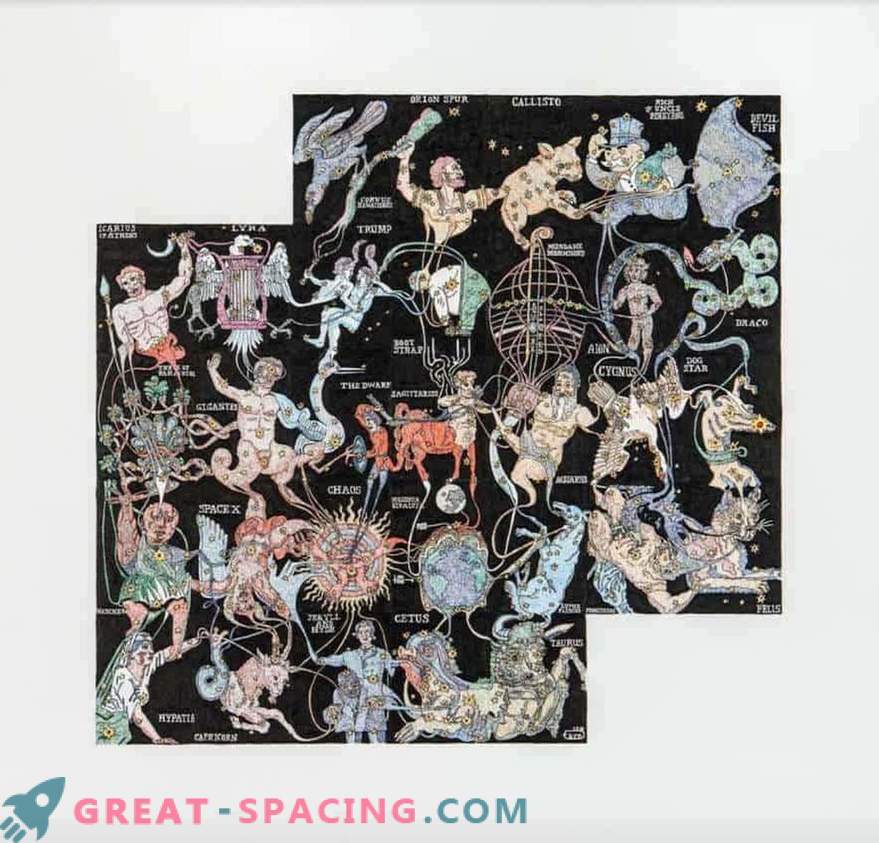
Wilner's Job “December 2015: John Jenkins”
For SETI Senior Researcher Mark Showalter, this project seemed like an interesting experience. He himself is a photographer who sees the similarity between the way he thinks about the images of the Hubble Space Telescope and real observations.
Showalter says:
“It is amazing to observe how the artist grabs the idea, reveals the topic, makes it interesting and fresh, so that we look at ordinary things again. This is one of the biggest joys for me in this program ”.
